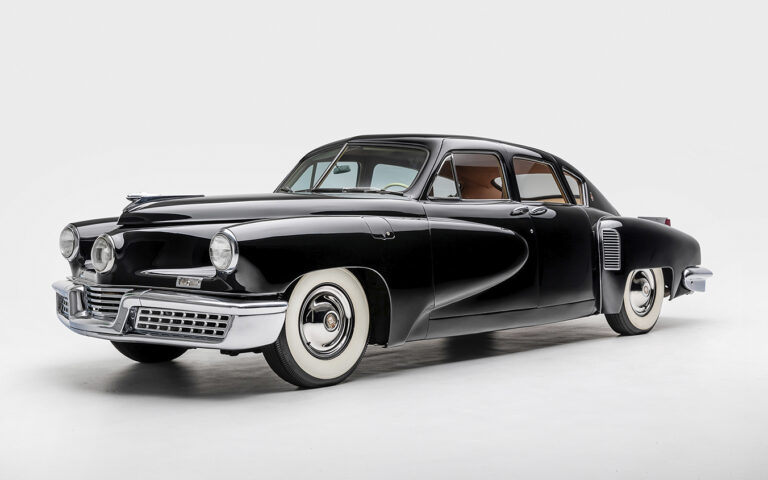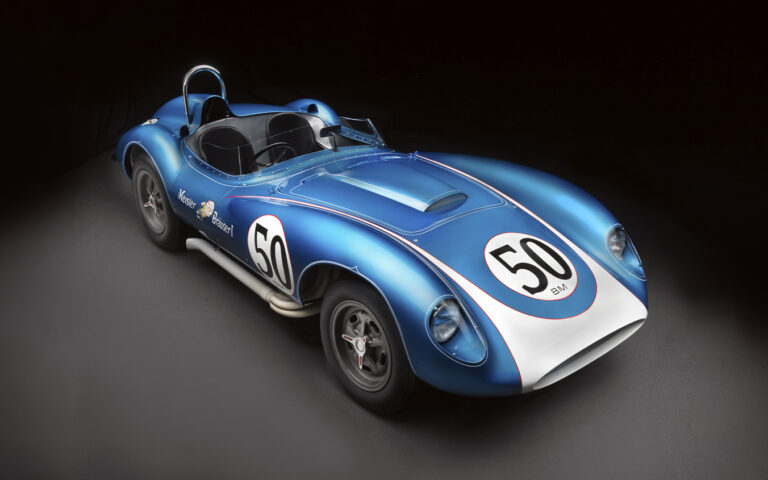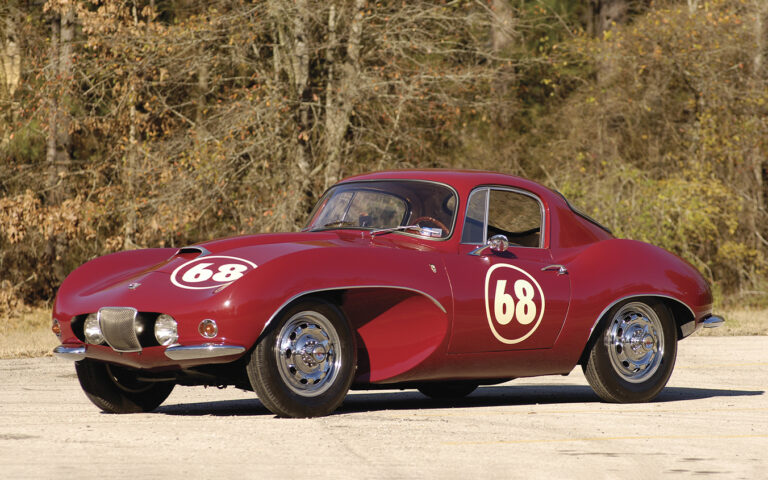Tucker. The Rarest Brands in the Top 100 Collections
31 August 2024 2 min read 5 images

The name Preston Thomas Tucker unequivocally embodies the American dream. From a very young age, he dreamed of being a part of the automotive world, and in 1935, he obtained a degree in engineering. In the same year, he founded Miller and Tucker Inc. together with Harry Miller, who was already a winner with his cars at the Indy 500.
Register to unlock this article
Signing up is free and gives you access to hundreds of articles and additional benefits. See what’s included in your free membership. See what's included in your free membership.
Already have an account? Log In


